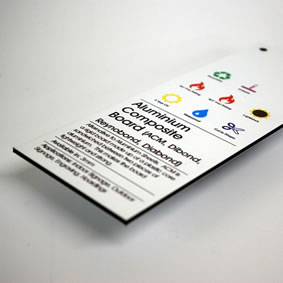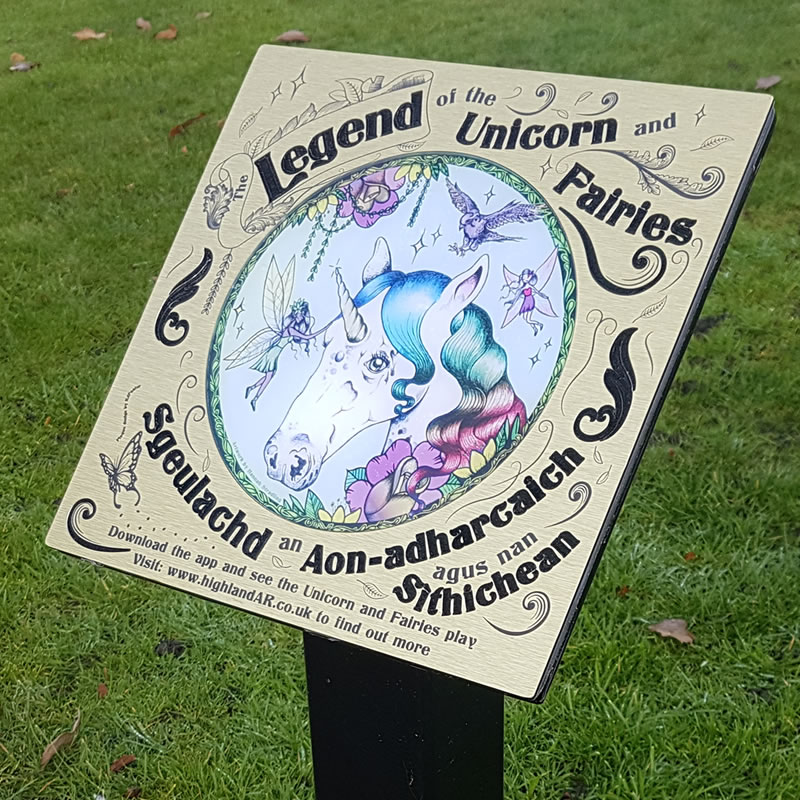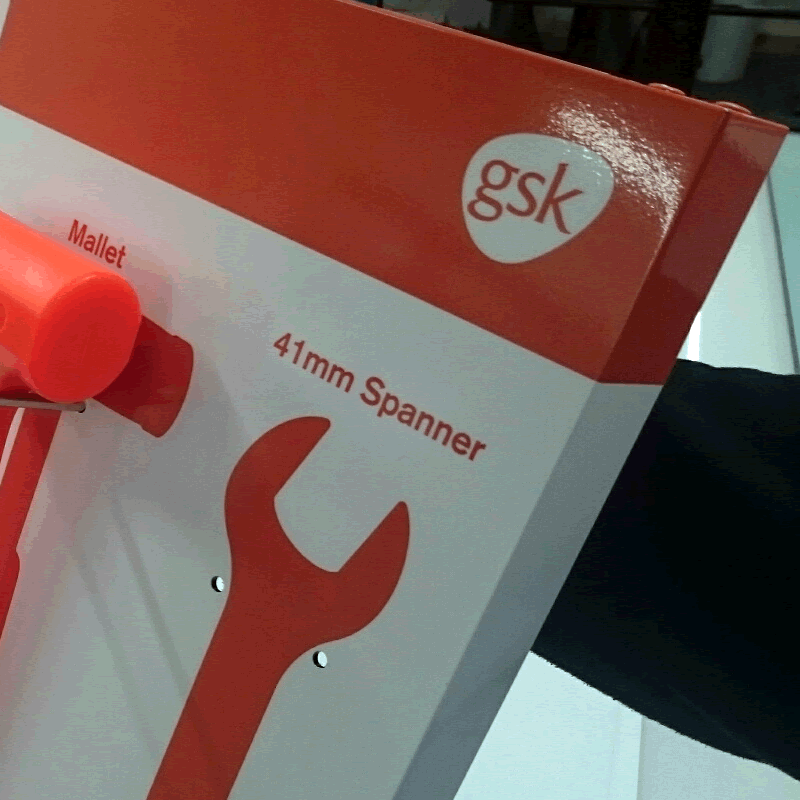A Sustainable and Versatile Solution for Flat Cut Letters, V-Grooves, Folded Signs, and More
In the dynamic world of sign making, materials that harmoniously combine durability, eco-friendliness, and adaptability are paramount to creating captivating and enduring signage. Aluminium Composite Board (ACM), commonly known as Dibond, stands out as the perfect choice for sign makers, boasting exceptional properties and a unique capacity to be used for flat cut letters, v-grooves for folded signs or just flat panel signage, while offering dimensional stability in sunlight and superior adhesion for UV inks. Let’s delve into the benefits of this remarkable material, with a specific focus on its application in flat cut letters, v-grooves, folded sign designs, and its UV ink compatibility, while highlighting its positive environmental impact and recyclability. for
ACM (Aluminium Composite Board – Dibond) – Benefits
- Lightweight and Sturdy: ACM’s lightweight yet sturdy composition, comprising two thin aluminium sheets bonded to a non-aluminium core, makes it an excellent material for crafting flat signs. Its low weight facilitates easy handling during the fabrication process, while its inherent strength ensures the signs can withstand the test of time, even in high-traffic areas.
- Flat Cut Letters: ACM’s exceptional ability to be flat cut allows for the precise and clean-cut creation of letters and intricate designs. This technique enhances the visual appeal of the signage, enabling a sleek and professional finish that leaves a lasting impression on viewers.
- V-Grooves for Folded Signs: Sign makers can leverage ACM’s unique ability to be v-grooved, which allows for the creation of intricate designs that can be folded into sign trays and pans. V-grooved details add depth and dimension to the signage, making it an ideal choice for eye-catching and high-end folded sign applications.
- Folding for Custom Signs: ACM’s flexibility extends to the process of folding the material to create custom sign designs. The material can be easily bent and shaped, enabling the construction of three-dimensional signs or folded sign trays, offering endless design possibilities for sign makers.
- Dimensional Stability in Sunlight: ACM exhibits exceptional dimensional stability, meaning it stays flat and resists warping or buckling even when exposed to prolonged sunlight. This attribute is crucial for outdoor signs, as it ensures the signage maintains its original shape and appearance over time.
- Weather and UV Resistance: Outdoor signs are constantly exposed to varying weather conditions and UV radiation. ACM’s inherent resistance ensures the signs retain their vibrant appearance and structural integrity over time. Additionally, the dimensional stability of ACM prevents signs from bowing or distorting due to UV exposure, maintaining their pristine condition.
- UV Inks and Adhesion: ACM’s surface is conducive to UV ink adhesion, allowing for vibrant and long-lasting printed designs. UV inks adhere well to ACM panels, ensuring that signage remains clear, legible, and visually appealing for an extended period, even under harsh environmental conditions.
- Eco-Friendly Material: ACM’s eco-friendly nature, attributed to its primary component – aluminium, makes it a standout choice for environmentally conscious sign makers. With aluminium being abundant and endlessly recyclable, its use in signage contributes to reducing the industry’s overall environmental footprint.
- Recyclability and Waste Reduction: At the end of their useful life, ACM panels can be efficiently recycled, with the aluminium components melted down and repurposed for future use. This closed-loop recycling process significantly minimizes waste generation, fostering a more sustainable approach to sign making and resource conservation.
- Non-Toxic and Fire-Resistant: ACM panels are non-toxic and inherently fire-resistant, ensuring the safety of indoor and outdoor sign applications. This attribute reinforces ACM’s position as a reliable material for a wide array of signage types, including flat cut letters, v-grooves, and folded signs.
Conclusion:
In conclusion, Aluminium Composite Board (ACM) or Dibond is an outstanding material for sign making, offering lightweight durability and adaptability for crafting flat cut letters, v-grooves, and folded signs. Its unique attributes, such as dimensional stability in sunlight and compatibility with UV inks, open doors to a wide range of creative possibilities, making it an attractive option for sign makers seeking innovative solutions. Moreover, ACM’s eco-friendliness, recyclability, and fire-resistant properties align with the industry’s growing emphasis on sustainable and responsible material choices. By harnessing ACM for flat cut letters, v-grooves, folded signs, and more, businesses can create eye-catching, enduring signage while contributing to a greener and more environmentally conscious future for the sign making industry.
If you have any questions about ACM it is best to speak to a real human about this...
Call us on 0330 380 0172
Take care everyone and I hope this was useful!




















































































































































Please login to post a comment.